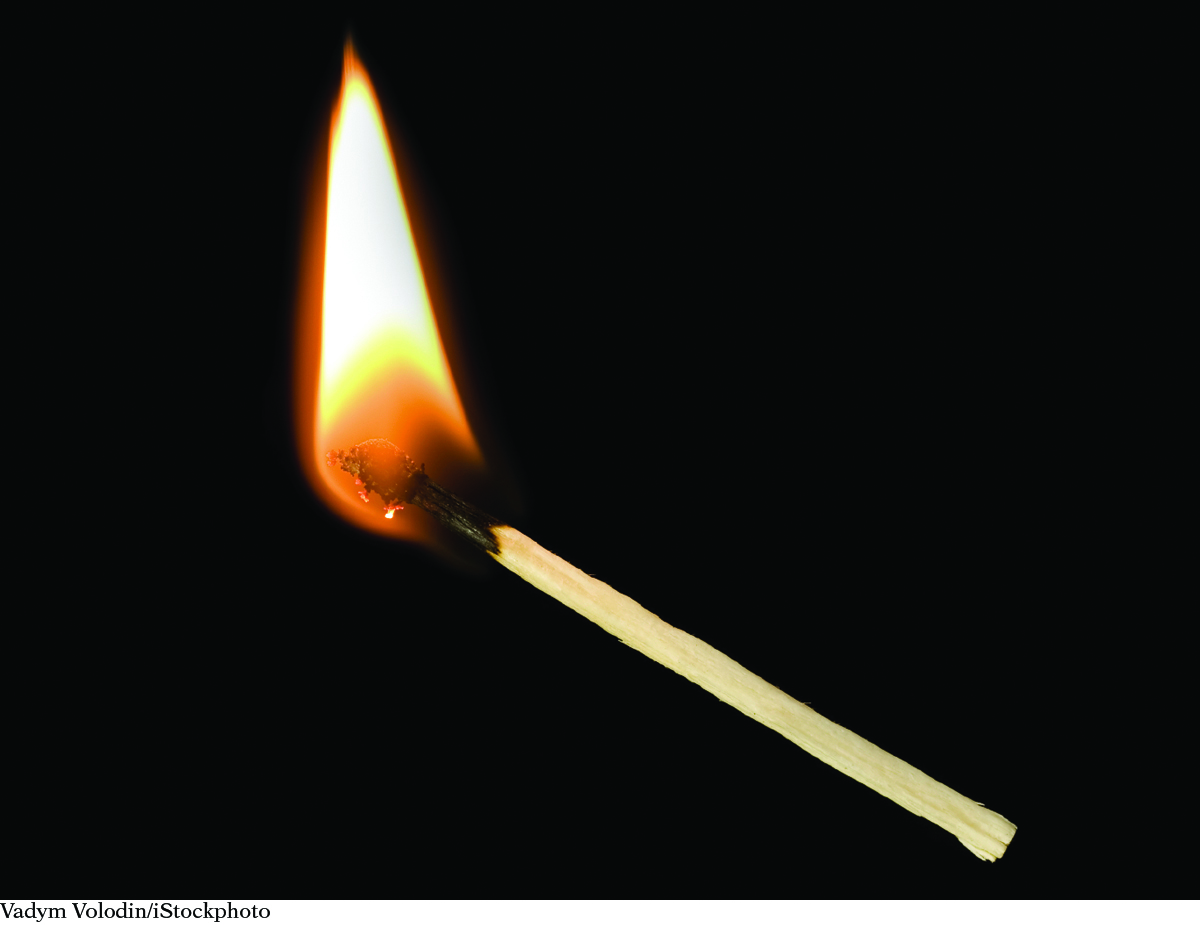Review Introduction

UNIT
5
Fire | REVIEW
Combustion reactions are extremely useful in our daily lives. Most cars, planes, and trains move by the energy transferred from a combustion reaction. Even the digestion of our food can be considered a very controlled combustion reaction.
Calorimetry is one technique used to figure out how much energy is transferred from combustion reactions. It is possible to measure the energy transferred by measuring the temperature change of a known quantity of water. The heat required to change the temperature of 1 g of water by 1 degree, called the heat capacity of water, is needed to convert between the measured temperature change of the water and energy.
Different substances respond differently to heating. Substances that change temperature easily, with very little energy transfer, have low specific heat capacities. It takes more energy to change the temperature of substances with higher specific heat capacities.
Once the data from calorimetry experiments are collected, the data can be used to compare and classify reactions. Exothermic reactions transfer energy to the surroundings. Exothermic reactions are often sensed as “hot” by the observer. Endothermic reactions require energy transfer from the surroundings. Endothermic reactions are often sensed as “cold” by the observer.
The heat of a reaction comes from bond breaking and bond making. It takes energy to break the bonds in a compound. In contrast, bond making is a process that releases energy. An energy diagram can be used to show the energetic process of a reaction.
When the energy of making the new bonds in the products is greater than the energy that it takes to break the bonds in the reactants, energy is transferred to the surroundings, and the reaction is exothermic. When it takes more energy to break the bonds, energy is transferred from the surroundings, and the reaction is endothermic.
The net energy of a reaction is referred to as the heat of the reaction, or ΔH. In the case of an exothermic reaction, ΔH is negative, because energy is transferred from the system. In the case of an endothermic reaction, ΔH is positive, because energy is transferred to the system.
The energy associated with the formation of any compound from its elements is referred to as the heat of formation, or ΔHf. Heat of formation is expressed in kilojoules per mole of product formed. There is also an energy associated with getting a reaction started, called the activation energy. For example, it takes a match or a spark to get a fire started. Once a few bonds are broken by the spark, combustion reactions proceed on their own because of the heat released by the formation of the products.
Combustion is an oxidation-reduction reaction. Oxidation is defined as the loss of electrons by an atom, an ion, or a molecule during a chemical change. Reduction is when an atom, an ion, or a molecule gains electrons in a chemical change.
Reactions are controlled efficiently in batteries. A battery keeps the reactants separated from one another, preventing the reactants from mixing together and starting a fire. When a wire connects to the battery, the reaction occurs and energy is transferred. The reaction stops when the wire is disconnected, or when the reactants are used up.
Aside from transferring energy by direct contact between a hot substance and a cold substance, called conduction, energy is transferred by radiation. Radiation refers to the generation of electromagnetic radiation. When described by the wave model, electromagnetic waves have a large range of frequency and wavelength. However, all of these waves travel at the speed of light. The energy transferred depends on the frequency of the electromagnetic waves. A fire transfers energy both by conduction and radiation.